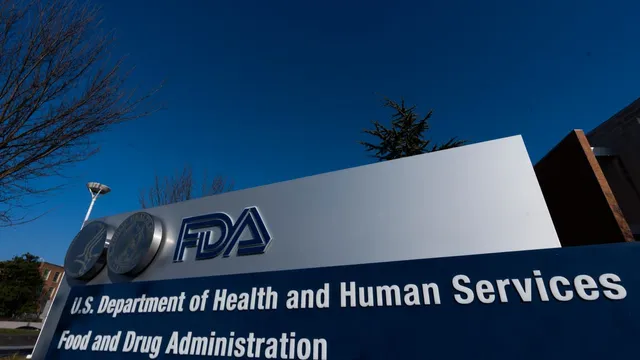
FDA introduces lead limits in baby foods to protect infants
2025-01-07 15:26- The FDA has established maximum lead levels in baby foods for the first time, aiming to reduce children's exposure.
- Consumer advocates argue the new guidance is insufficient and does not cover all food categories with potential lead contamination.
- Despite this initial step, critics emphasize the need for more stringent regulations to eliminate lead exposure in children's foods.
Express your sentiment!
Insights
In an effort to protect children from harmful levels of lead, the U.S. Food and Drug Administration announced in late 2023 that it would establish maximum allowable limits for lead in various processed baby foods. This marked a significant step as it was the first time the agency had put forth such guidelines, aiming to reduce lead exposure from baby food by an estimated 20% to 30%. The new standards, which were voluntary for manufacturers, defined thresholds of 10 parts per billion for most fruits, vegetables, and some dairy products, while allowing 20 parts per billion for specific root vegetables and dry cereals. However, while advocates celebrated this move, many criticized the efforts as insufficient. They pointed out that the guidance failed to address grain-based snacks and other harmful metals like cadmium that could contribute to children's exposure to toxins. Organizations such as Consumer Reports expressed concern that the limits were largely based on industry feasibility rather than robust health protection standards. For instance, research indicated that grain-based snacks could contain higher lead levels, which were not included in the regulation. Further, a report in 2019 highlighted that about 95% of baby foods tested contained toxic metals. This alarming statistic led to heightened scrutiny and media attention on the dangers present in baby food products. In 2023, a separate incident concerning lead-tainted apple cinnamon puree sickened over 560 children across the U.S., uncovering that some products contained lead levels exceeding 2,000 times the newly established FDA limit. The result of all these events has spurred a growing demand for stricter standards and monitoring of baby food products. Public health advocates called for the FDA to commit to eliminating lead entirely in foods aimed at infants and toddlers. Critics warned that without aggressive action to reduce lead levels in foods beyond those outlined in the new regulations, children would continue to face possible neurological and developmental harm from this toxin. The FDA's new regulations are thus viewed not only as a qualified acknowledgment of the issue at hand but also as an ongoing call-to-action for more stringent regulations and monitoring to ensure the safety of infant nutrition.
Contexts
The recent regulatory efforts by the FDA regarding lead limits in baby food are a critical development in ensuring the safety and health of infants and young children. Lead exposure in early childhood is a significant public health concern, as it can lead to profound and irreversible health effects, including developmental delays and cognitive impairment. The FDA's initiative aims to reduce the allowable levels of lead in baby food products, thereby safeguarding the most vulnerable population from the harmful effects of this neurotoxin. The regulation is based on extensive research and data showing that even low levels of lead can be detrimental to children's health, making it paramount for regulatory bodies to take decisive action. The FDA's proposed lead limits will require manufacturers to adhere to stricter guidelines, focusing on reducing lead levels in various baby food categories, including fruits, vegetables, and grains. The regulation is poised to set a more rigorous standard, aligning with recommendations from scientific experts and health organizations. By establishing specific maximum allowable concentrations of lead in these foods, the FDA aims to create a safer food supply for infants. Manufacturers will also be required to implement improved testing protocols and supply chain management practices to minimize lead contamination at every stage of food production. Public response to the FDA's initiative has generally been positive, reflecting growing awareness and concern over food safety issues. Parents and advocacy groups have long urged for stronger regulations to protect children from environmental toxins, and the FDA's move addresses these concerns head-on. As part of this regulatory process, the FDA has actively solicited input from consumer advocates, industry stakeholders, and healthcare professionals to ensure the final guidelines reflect a comprehensive approach to reducing lead exposure. The agency also recognizes the importance of ongoing monitoring and enforcement to uphold these standards and ensure compliance among food manufacturers. Moving forward, it is essential for the FDA to continue public education efforts regarding the dangers of lead exposure and the steps being taken to mitigate these risks. Transparency in the implementation of the new regulations will build public trust and ensure that parents are adequately informed about the safety of the baby foods they purchase. As the FDA continues to refine its regulations and monitor industry compliance, the hope is that these measures will significantly lower lead exposure in infants and contribute to a healthier future generation.